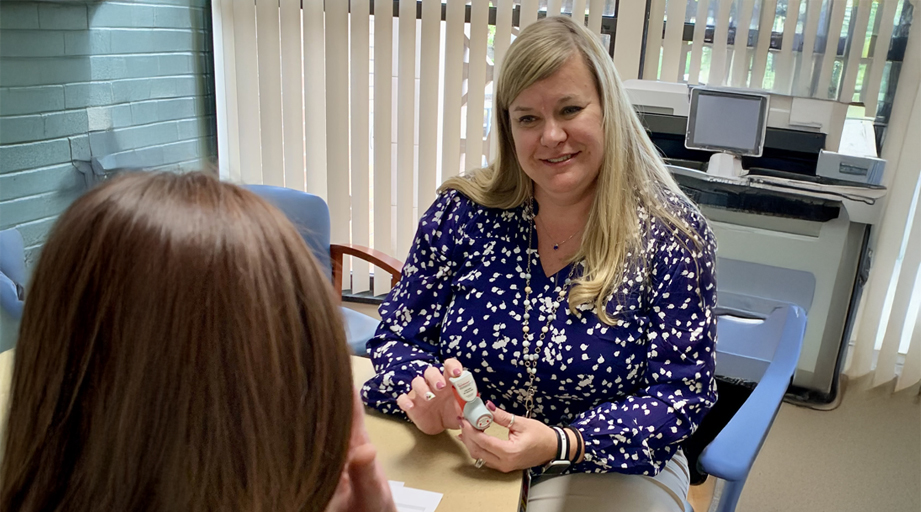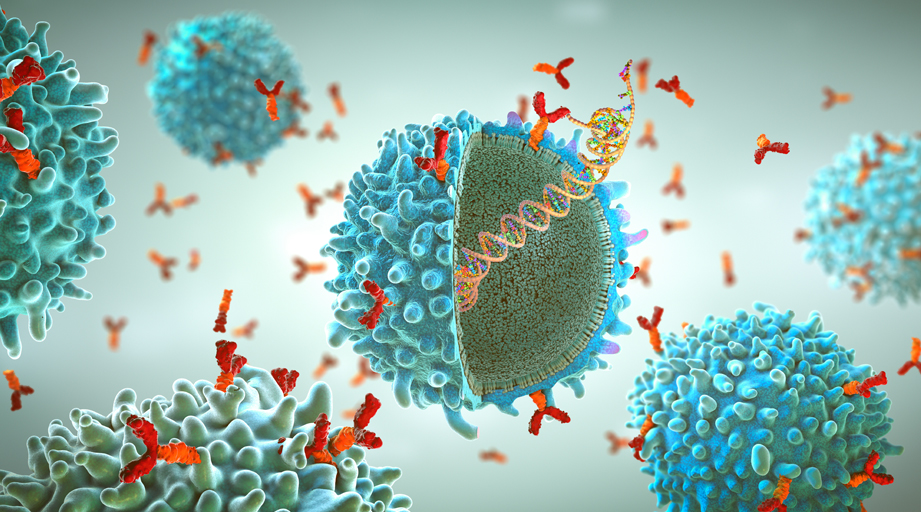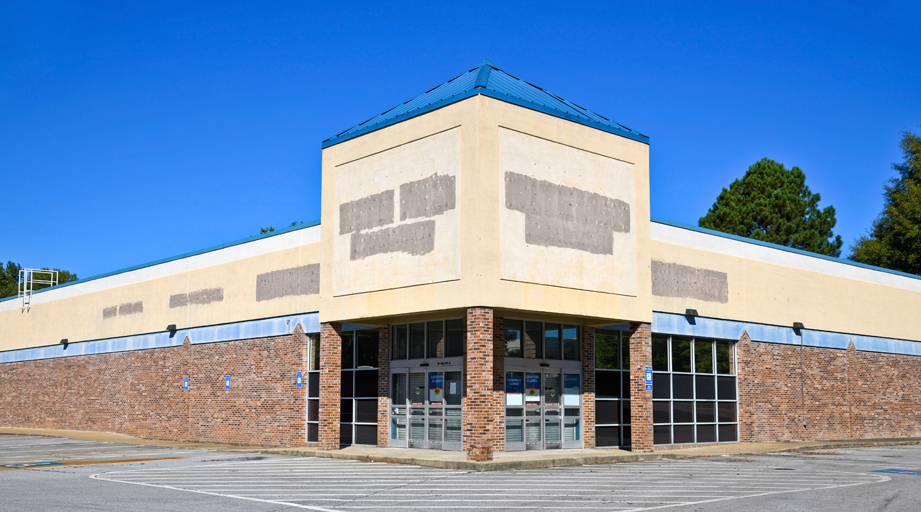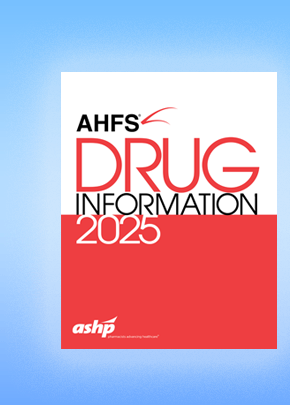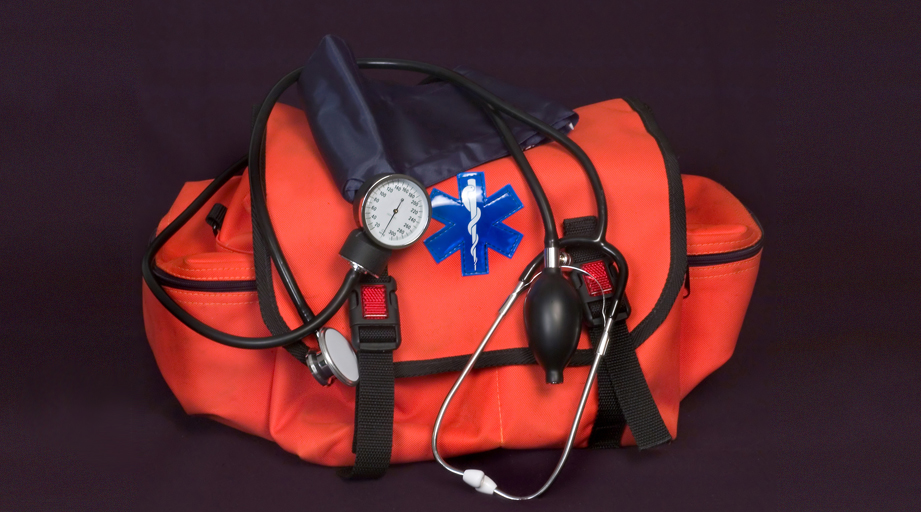
About three hours into a Dec. 7, 2023, flight from Los Angeles, California, to Detroit, Michigan, flight attendants asked for a physician or healthcare provider to come forward to assist a passenger in distress.
Nothing happened for about 15 seconds.

So Michael Liu, assistant dean of clinical and professional affairs and associate professor of pharmacy practice at Touro College of Pharmacy of New York, made his way to the front of the plane.
“I’d hoped someone — a physician — would respond. But it didn’t look like there was a physician on board,” said Liu, who was on his way home from ASHP’s 2023 Midyear Clinical Meeting & Exhibition.
He was soon joined by a former emergency medical technician (EMT) who came forward to assist.
The passenger was an older woman who was disoriented, drifting in and out of consciousness, and did not respond to gentle stimulation. Her spouse reported that his wife had hypertension.
The plane was about an hour away from landing, so Liu knew quick action was needed to ensure the best possible outcome.
“We tried to get a sense of her medical history and what happened,” Liu said. “The first thing we did was essentially check her vitals — her heart rate, her respiratory rate.”
The passenger was pale overall but not blue at the extremities, and she showed no obvious signs of stroke or deep vein thrombosis. Her heart rate was slow, at 60–65 beats per minute, as was her respiratory rate of 8–10 breaths per minute.
“It was really obvious the patient was hypoxemic, after I performed a two-minute assessment,” Liu said. His greatest worry was that the passenger was having a hypertensive crisis, with no medications or supplies on hand to manage it.
The plane was equipped with a defibrillator, which wasn’t needed, and an electronic blood pressure cuff, which didn’t work. There was no thermometer or pulse oximeter in the emergency kit.
Liu said the missing thermometer wasn’t a big deal. But the malfunctioning blood pressure cuff and the lack of a pulse oximeter were of great concern in this situation.
After performing the best physical exam possible under the circumstances, the assessment was bradypnea and hypoxia secondary to an unknown cause.
The passenger responded well to oxygen, delivered through an oral-nasal mask, and she was soon taking sips of orange juice and appearing more alert and oriented. Her heart and respiratory rate normalized, and, after landing, she was met by EMTs. Her personal physician, contacted by phone, cleared the woman to take her connecting flight home.
This is the second time Liu has responded to a medical emergency as a bystander.
“Many years ago, someone had collapsed in the supermarket. I did check their vitals. Fortunately, the EMT from the 911 call was not far away, so the EMT picked them up and that was it,” Liu said.
He said the biggest difference between responding as a bystander and working as part of a hospital code team is that other bystanders who want to help may not know what to do.
“The first thing to do is orient everyone around you, and just kind of stay calm,” he said.
Liu said the flight attendants weren’t familiar with the assessment process and the necessary sequence of events.
“The first thing I did when I determined she was unconscious, was to say, ‘OK, would someone please call whatever emergency 911 phone number you have — just call them right away,’” Liu said.
As a bystander, Liu had no access to the passenger’s medical records and history, which are readily available in the hospital setting — along with the necessary tools to assess the patient.
“You do the best with what you have,” Liu said.
The airline officially thanked Liu for stepping up during the emergency and stated that medical volunteers like him help keep passengers and crew members safe.
“It was fortunate to have you on board with us,” the airline stated.
Liu said the incident was a reminder that pharmacists, as healthcare providers, should be willing to lead or assist during a medical crisis wherever it occurs.
“Pharmacists must engage medical emergencies head-on, regardless of whether it is in a controlled, medical setting or in a public setting with limited resources, such as on an airplane,” Liu said. “In the latter setting, you may be the only healthcare professional available, and your engagement could make the difference between life and death.”


